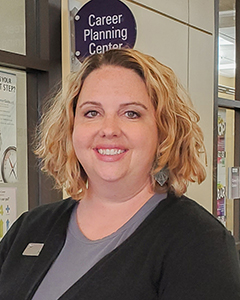Is there more to Picasso than just the canvas? Indeed, Picasso's legacy transcends his work on traditional canvases. His influence extends far beyond the confines of oil and brushstrokes, impacting a wide array of artists across different eras and mediums. From Francis Bacon to Jean-Michel Basquiat, William Baziotes to Max Richard Tuttle, Cy Twombly to Chiyu Uemae, Manolo Valdes to Kees van Dongen, the artistic lineage inspired by Picasso is undeniable. These artists have all been touched by Picasso’s revolutionary approach to form, color, and expression.
Picasso: Beyond the Canvas is an exhibition that delves into this expansive influence, running from October 4, 2023, through April 30, 2024, in Palm Desert, CA. The exhibit not only showcases Picasso’s original works but also explores how his techniques and philosophies have permeated contemporary art practices. The artist is a receptacle for emotions that come from all over the place, Picasso once said, encapsulating the essence of creativity as something fluid and boundary-less. This sentiment resonates deeply with artists who continue to draw inspiration from him today.
| Bio Data | |
|---|---|
| Name | Pablo Picasso |
| Date of Birth | October 25, 1881 |
| Place of Birth | Málaga, Spain |
| Career Highlights | Co-founder of Cubism, one of the most influential figures in modern art. |
| Professional Information | Painter, sculptor, printmaker, ceramicist, stage designer; known for masterpieces like 'Les Demoiselles d'Avignon' and 'Guernica.' |
| Reference | Heather James Fine Art |
Art education continues to evolve with institutions such as Francis Tuttle Technology Center playing pivotal roles in nurturing future talents. Located at its Rockwell Campus (2777 N Rockwell Ave), Francis Tuttle offers comprehensive programs designed to equip students with skills necessary for careers in digital media design. Courses cover diverse areas including 3D modeling, animation, coding, graphics, illustration, immersive reality, motion media, and video production—all integral components of modern creative industries.
An upcoming class titled The Art of Layered Painting scheduled for Tuesdays, April 15 & 22, 2025, aims to teach participants about adding depth and mystery to their artworks using layering techniques. Participants will experiment with acrylic paints under expert guidance, learning methods applicable across various painting styles. Such courses reflect ongoing efforts by educational bodies like Francis Tuttle to bridge classical techniques with innovative approaches, much like Picasso did during his lifetime.
In addition to traditional forms of art, digital platforms are increasingly becoming canvases themselves. Digital artworks created by students within Francis Tuttle's 2D Animation Concept Art major exemplify this shift. These creations demonstrate how technology can serve as both tool and medium, offering limitless possibilities for artistic expression. As instructional tools advance—such as updates allowing drag-and-drop functionality or direct copy/pasting into Rich Content Editors (RCE)—the potential for creativity expands exponentially.
Shaped canvases represent another avenue where boundaries between conventional and experimental blur. Artists like Frank Stella, Kenneth Noland, Ellsworth Kelly, Barnett Newman, Charles Hinman, Ronald Davis, Edward Clark, Richard Tuttle, Leo Valledor, Neil Williams, and John—who pioneered non-traditional formats—have challenged perceptions of what constitutes a canvas. Their innovations underscore the importance of questioning established norms, echoing Picasso's own defiance against traditional constraints.
This intersection of past traditions and emerging technologies highlights the ever-evolving nature of art itself. Whether it be through exhibitions celebrating iconic figures like Picasso, workshops teaching time-honored skills adapted for current contexts, or embracing cutting-edge digital tools, the spirit of innovation persists. It invites everyone—from aspiring artists to seasoned professionals—to explore new ways of seeing and creating, ensuring that art remains vibrant and relevant in our rapidly changing world.



